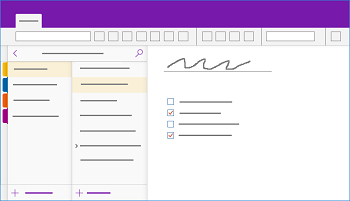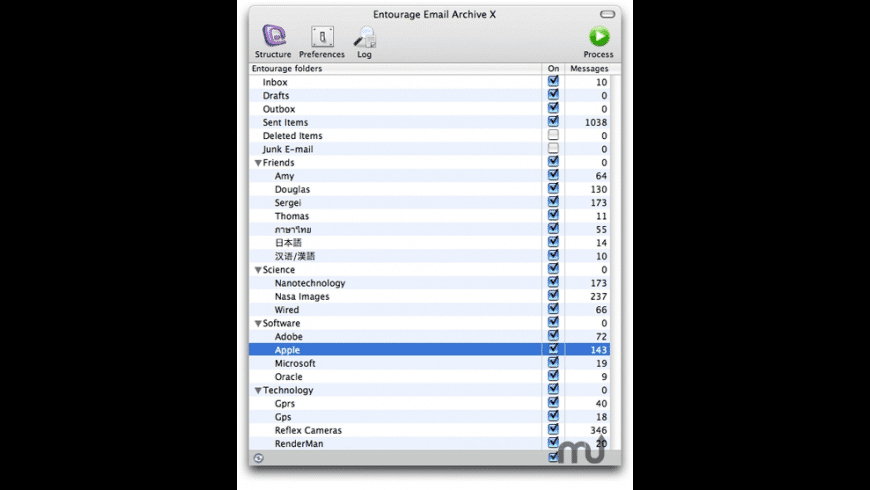I’m having a problem with Outlook sending multiple copies of some emails – usually those with attachments.
It doesn’t happen with every email with attachments, just occasionally. It will send it 20-30 times but keeps the email in my Outbox saying that it hasn’t been sent (although sometimes it says it’s been sent but stays in the Outbox).
Nov 21, 2017 Once all the steps are done and the count is set up properly, You can delete the old Microsoft user account. Follow the steps below to do so: Follow the steps to delete the corrupted user account profile: a) Login to your new User Profile. B) Click/tap on.
How can I solve this and make sure Outlook only sends out one copy again?
This often happens when you are using a virus scanner that integrates with Outlook or when your Send/Receive interval is set to a very short time.
In some cases, especially when you have a slow connection to your mail host, extending the mail server time-out may solve it as well.
Resetting your modem, router, hub, WiFi Access Point and/or other network appliances may sometimes already be the answer too even when all other network connections seem OK.
Virus scanner integration
When you have a virus scanner installed which integrates itself with Outlook, it will scan outgoing emails as well.
Throughout the years, virus scanners have proven over and over again to cause more issues than they claim to solve in Outlook.
It is really recommended to disable or uninstall your virus scanner’s Outlook integration capabilities. This will not put you at risk in any way. For steps on how to properly disable the integration, see the documentation for your virus scanner.
For more background information see “Duplicate E-mails” and “Disable virus scanner integration?“.

Short Send/Receive interval
When your send/receive interval is set to a very short period (below 5 minutes) and your message takes a while to upload to the mail server, it could be that the next send/receive interval already started before the previous one completes.
This will then cause a backlog of Send/Receive tasks which still need to be completed. In the worst case scenario, it could be that the message still in the Outbox will get resubmitted for sending and thus create a duplicate.

You can open the Send/Receive Progress dialog to see if there is a backlog:
- Outlook 2007 and previous
Tools-> Send/Receive-> Send/Receive Settings-> Show Progress… - Outlook 2010 and Outlook 2013
tab View-> button: Show Progress
You should only see up to 2 tasks per mail account in this dialog. When an account is listed more than that, your send/receive interval is too short.
To change your Send/Receive interval go to:
- Outlook 2007 and previous:
Tools-> Options…-> tab: Mail Setup-> Send/Receive… - Outlook 2010 and Outlook 2013
File-> Options-> Advanced-> Send/Receive…
The default value is 30 minutes. As mentioned before, don’t set it lower than 5 minutes. When you have 3 or more accounts configured, it is recommended not to set it lower than 10 minutes.
Checking for new emails too often could interfere with the sending process.
Server Timeouts
POP3 and IMAP accounts work with Server Timeouts. This basically tells Outlook when to consider a connection as “lost” when no server responds has been received after a configured amount of time.
By default, this is 1 minute. When you are on a slow or unreliable connection or a connection with a high latency (like mobile connections), then it could be that you reach this timeout. In that case, Outlook will resubmit any message in the Outbox upon the next Send/Receive interval.
When the message was actually already submitted to the mail server but the acknowledgement was not received before the timeout was reached, the message will be submitted again and thus create a duplicate as well.
Increasing the Server Timeout to 2 or 3 minutes may solve your issue. Directly setting it longer than 3 minutes is not recommended as it often means that the actual issue lies somewhere else.
Microsoft Keeps Sending Updates After I Deleted Application Mac Download

Increase the Server Timeout when you have a slow or unreliable connection.
Use Launchpad to delete an app
Launchpad offers a convenient way to delete apps that were downloaded from the App Store.
- To open Launchpad, click it in the Dock or open it from your Applications folder. You can also pinch closed with your thumb and three fingers on your trackpad.
- If you don't see the app in Launchpad, type its name in the search field at the top of the screen. Or swipe right or left with two fingers on your trackpad to show the next or previous page.
- Press and hold the Option (⌥) key, or click and hold any app until the apps jiggle.
- Click next to the app that you want to delete, then click Delete to confirm. The app is deleted immediately. Apps that don't show either didn't come from the App Store or are required by your Mac. To delete an app that didn't come from the App Store, use the Finder instead.
Deleting an app doesn't cancel any subscription you may have purchased with that app. Learn how to cancel subscriptions for apps that were downloaded from the App Store.
Use the Finder to delete an app
- Locate the app in the Finder. Most apps are in your Applications folder, which you can open by clicking Applications in the sidebar of any Finder window. Or use Spotlight to find the app, then press and hold the Command (⌘) key while double-clicking the app in Spotlight.
- Drag the app to the Trash, or select the app and choose File > Move to Trash.
- If you're asked for a user name and password, enter the name and password of an administrator account on your Mac. This is probably the name and password you use to log in to your Mac.
- To delete the app, choose Finder > Empty Trash.
Learn more
To use an app again after deleting it, either reinstall it or restore it from a backup.
- To reinstall apps that were installed as part of macOS, reinstall macOS. This applies to apps such as Safari, iTunes, Books, Messages, Mail, Calendar, Photos, and FaceTime.
- You can also redownload apps, music, movies, TV shows, and books that were installed from the App Store, iTunes Store, or Apple Books.
Microsoft Keeps Sending Updates After I Deleted Application Mac Os
Learn how to delete apps on your iPhone, iPad, and iPod touch.
Microsoft Keeps Sending Updates After I Deleted Application Mac Os
Learn what to do if the Dock contains an icon with a question mark.